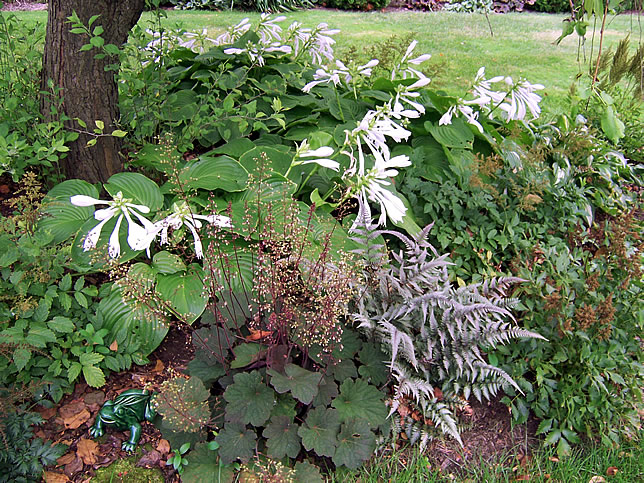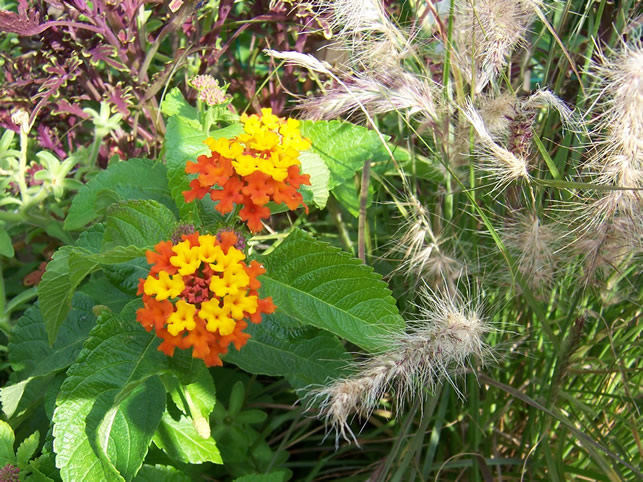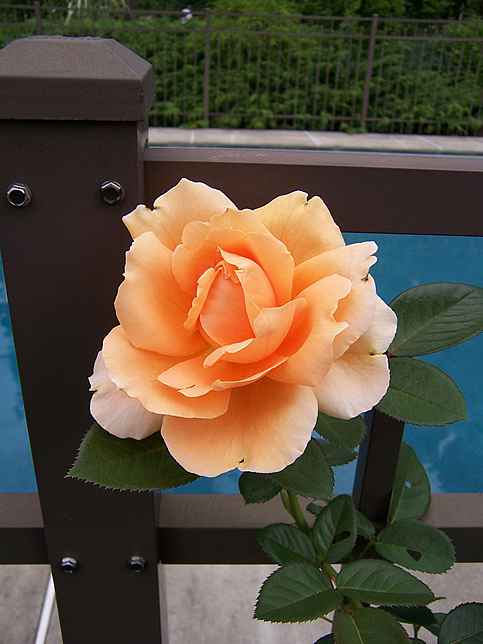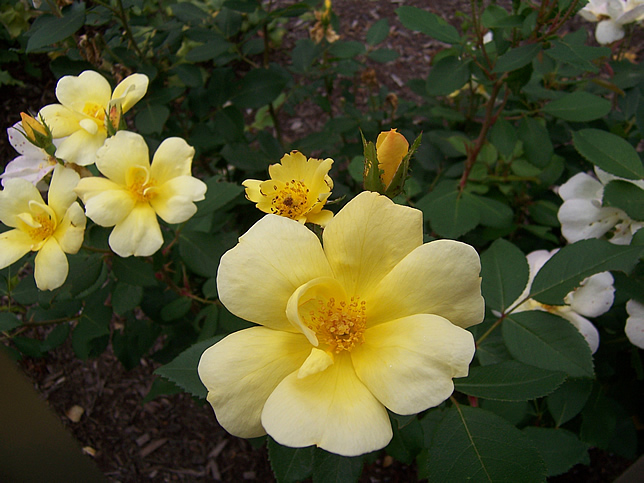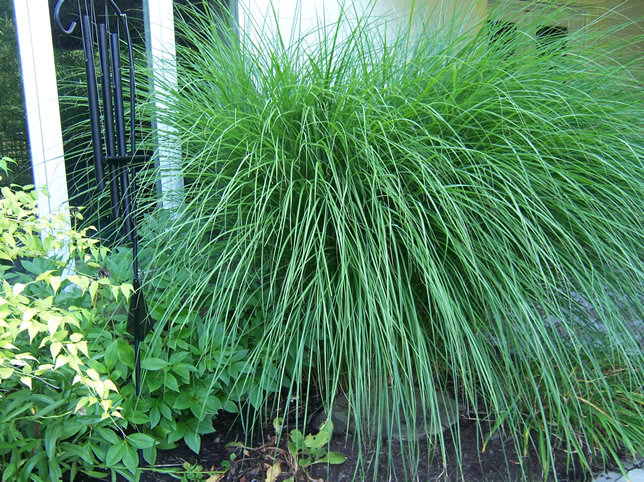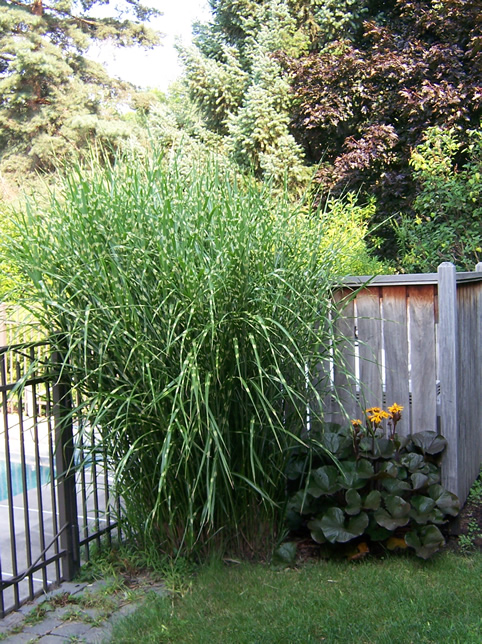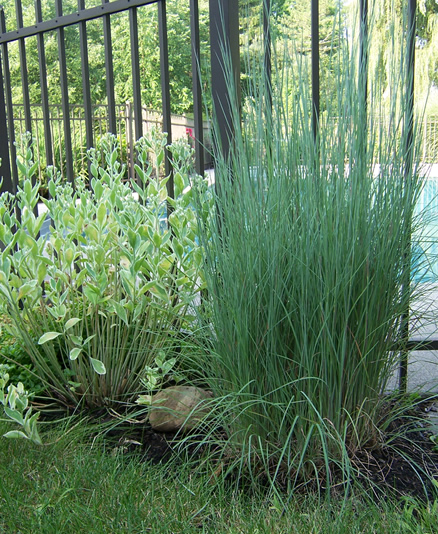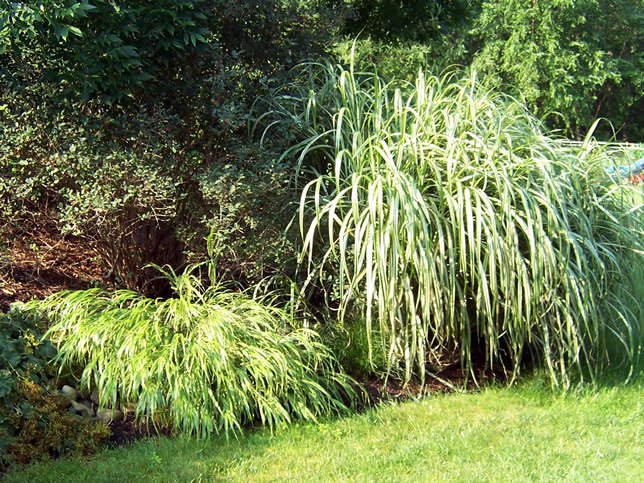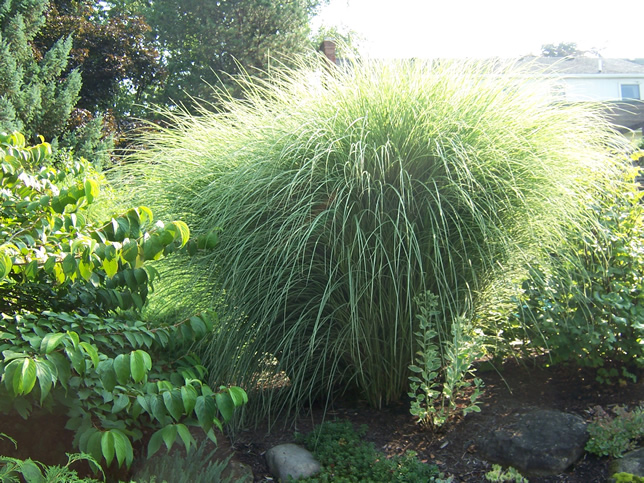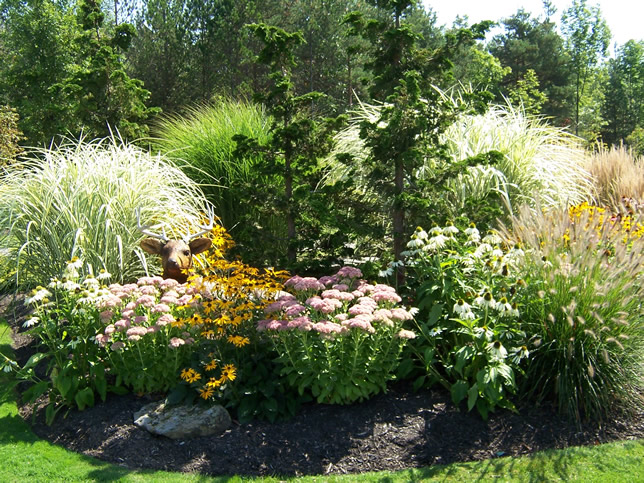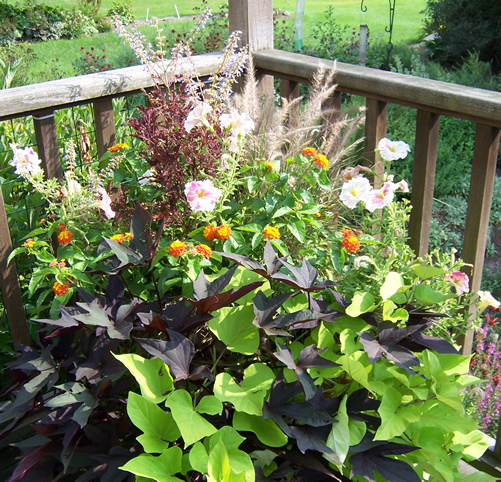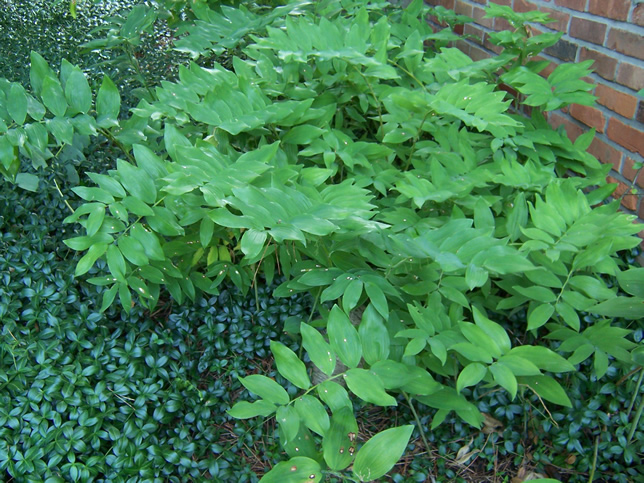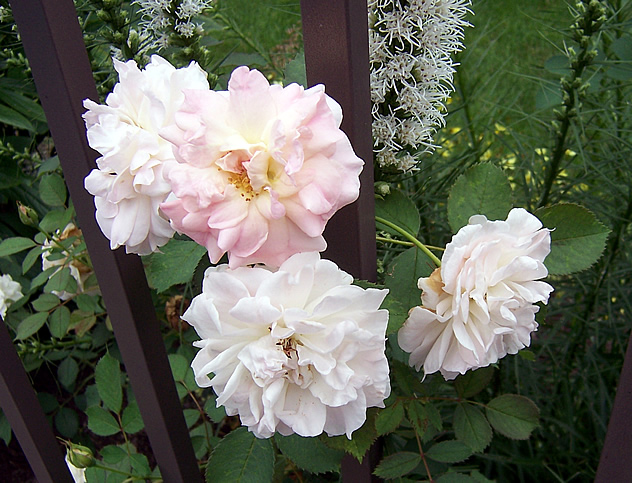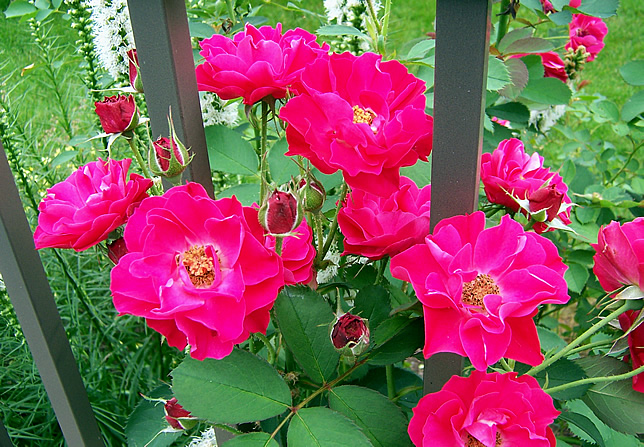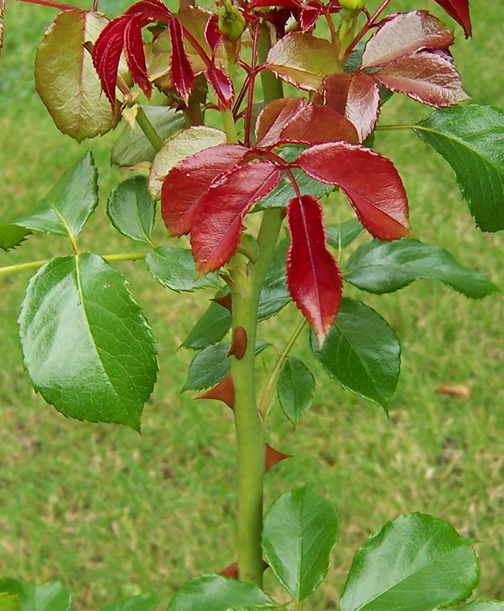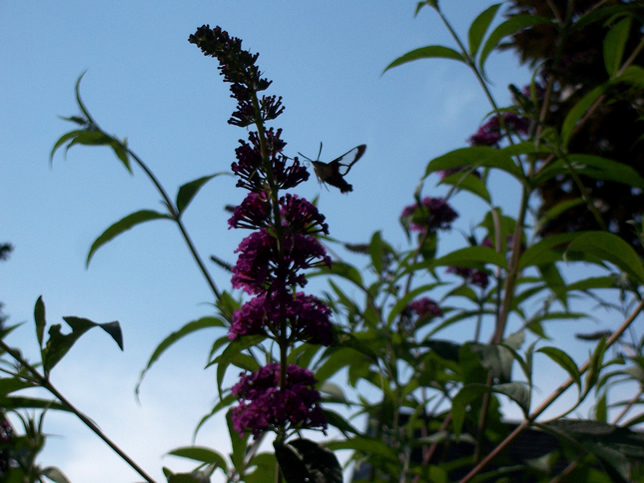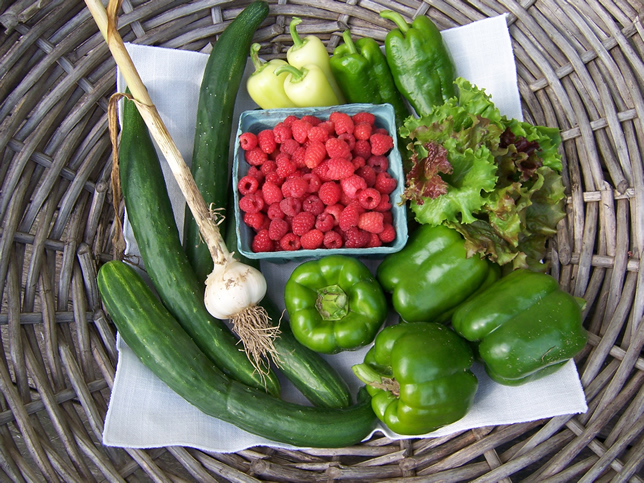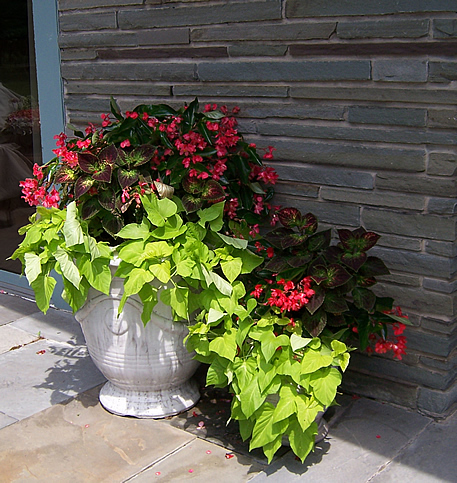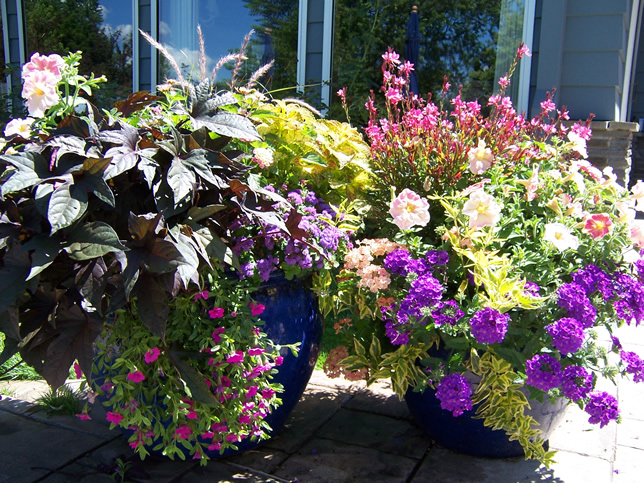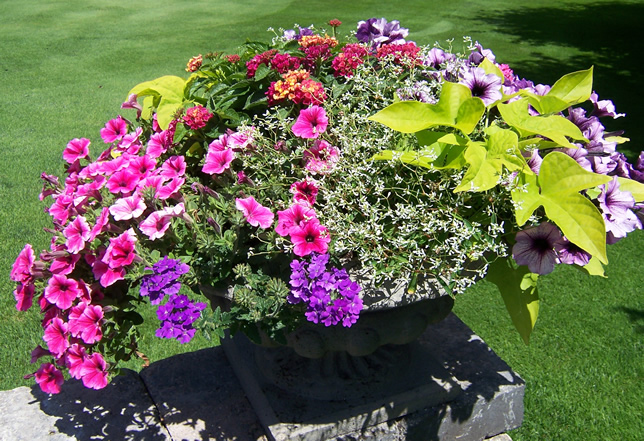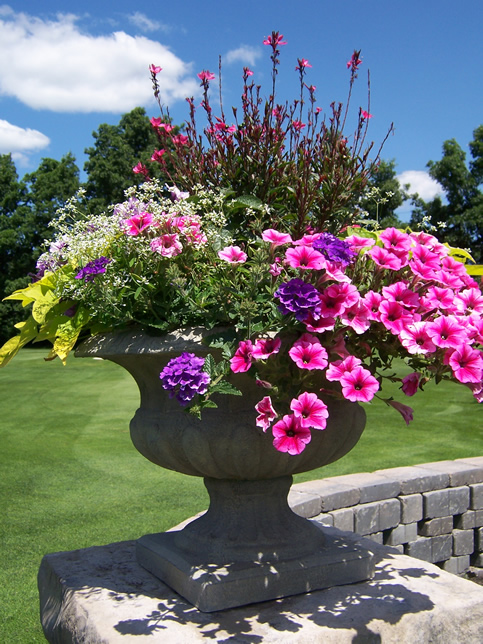I love fragrance in the garden! Unfortunately, it seems that many of the new introductions don’t have the wonderful smells of the older varieties. The August lily or hosta plantaginea is blooming like crazy now in my garden.
This plant was a “passalong” from my Mom’s garden and smelling it always makes me think of gardening together with her. She had it tucked in a corner under those huge spruces and facing down a dry-stacked flat river rock wall. Besides its fragrance, this hosta variety is unusual for its huge white trumpet flowers in late summer, very much unlike those squeaky purple flowers on wimpy stalks blooming earlier in the summer on most hostas. Hosta plantaginea, also called plantain lily, originated in China, was imported to England in 1790, and then to America. And here’s another factoid for you, its flowers open in the late afternoon as opposed to early morning for usual hostas. And not only that, but after the deer nibbled it off this Spring, it has been flushing new leafy growth all summer.
The daylily ‘Double Charm’ is another favorite of mine. I have this situated where its fragrance greets me as I enter the pool area. More favorite yellow daylilies with fragrance in my garden are ‘Hyperion’ and the true lemon lily, H. lilioasphodelus, formerly H. flava. The latter is very early-blooming, named by Linnaeus in 1762, but apparently dates back to at least 1570.
One plant that I like to use in my container plantings is the tough, stand-up-to-client-not watering, colorful lantana. Known also to Linnaeus way back when, the foliage is the fragrant part on this plant. You don’t smell it unless you brush the leaves lightly. I’m not sure whether this smell has been favorably altered in the modern varieties because searches on the Internet variously describe it as anywhere from cat pee to oniony to camphor-like, but I would describe it as citrusy with a hint of sage.
And then, of course, there are always the roses. Although not older introductions, my fragrant favorites at the moment, ‘Abbaye de Cluny’ and the ‘Radsunny’ Knockout rose.
Then there are the phlox, and the clethras, and the . . . What fragrant plants do you have in your gardens now?
